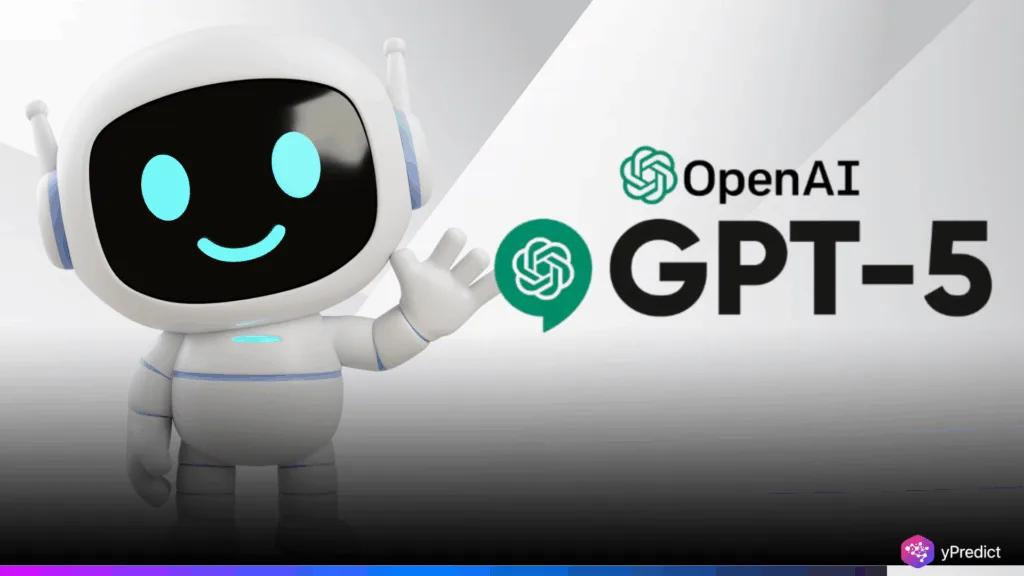
Sam Altman, the CEO of OpenAI, has revealed important AI developments that alter how users engage with its advanced models. The GPT-5 Thinking’s three programmable modes (Auto, Fast, and Thinking) give users greater flexibility. Paid users now have access to more models, longer rate limits, and a smoother selection process. To further foster interpersonal relationships, the company is also working on personality changes. Furthermore, steer clear of the overly informal tone that some users believed existed in previous versions.
New Control Modes Now Available in GPT-5 Thinking
Users can now choose from three performance modes that provide different depth and speed requirements. Auto is recommended for the majority, Fast is for quick responses, and Thinking is for complex, in-depth responses. Furthermore, the impressive 196k tokens have been set as the context limit. Thus, this allows for deeper discussions and more comprehensive analysis without getting off course.
In addition, AI updates allow for 3,000 messages on GPT-5 Thinking every week. Users can switch to the lighter GPT-5 Thinking mini for additional capacity after that limit is reached. This flexibility aims to balance resource consumption and user demand. Additionally, OpenAI has hinted that these restrictions may change depending on usage trends.
Is GPT-5 Thinking Bringing the Best AI Access?
All paid accounts can now access GPT-4o in the model picker due to the most recent AI updates. OpenAI promises to give users enough notice before discontinuing older models. Furthermore, a new “Show additional models” toggle allows subscribers to access options such as o3, 4.1, and GPT-5 Thinking mini. This feature is available in ChatGPT’s web settings.
Only Pro subscribers have access to GPT-4.5, a resource-intensive model designed for more complex tasks. However, this tier allows power users to access faster, more capable responses, but it also requires more GPUs. These improvements are a part of a larger effort to increase user customization and transparency in model selection.
OpenAI Plans More Personal and Flexible AI Personalities
OpenAI is refining GPT-5’s personality to be friendlier without becoming too informal. Altman claims that the ultimate goal is per-user personality customization, which lets users influence the way the AI communicates. This personalization push reflects a growing demand for AI tools that feel both intelligent and adaptable to different working styles.
Could GPT-5 Thinking Mark a Turning Point for AI?
OpenAI’s goal to give users more control over their AI tools continues with the release of GPT-5. Additionally, the modifications show an emphasis on flexibility and user experience, from increased rate limits to improved model access. OpenAI ensures that users, researchers, and experts all find the perfect balance between speed and depth.






